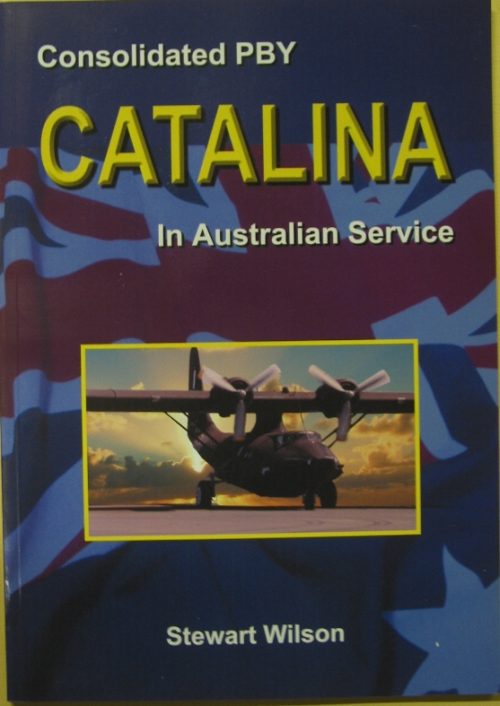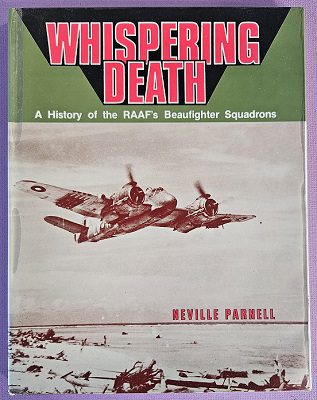Description
Title: Consolidated PBY Catalina – In Australian Service
Author: Wilson, Stewart
Condition: Mint
Edition: 1st Edition
Publication Date: 2004
ISBN: 187672207X
Cover: Soft Cover without Dust Jacket – 64 pages
Comments: A detailed account of Catalina Flying Boat Operations during World War 2.
During World War II, PBYs were used in anti-submarine warfare, patrol bombing, convoy escorts, search and rescue missions (especially air-sea rescue), and cargo transport. The PBY was the most successful aircraft of its kind; no other flying boat was produced in greater numbers.
The final PBY construction figure is estimated at around 4,000 aircraft, and these were deployed in practically all of the operational theatres of World War II. The PBY served with distinction and played a prominent and invaluable role in the war against the Japanese. This was especially true during the first year of the war in the Pacific, because the PBY and the Boeing B-17 Flying Fortress were the only two available aircraft with the range necessary. As a result, they were used in almost every possible military role until a new generation of aircraft became available.
The Royal Australian Air Force (RAAF) also operated Catalinas as night raiders, with four squadrons Nos. 11, 20, 42, and 43 mounting mine-laying operations from 23 April 1943 until July 1945 in the southwest Pacific deep into Japanese-held waters, that bottled up ports and shipping routes and kept ships in the deeper waters to become targets for US submarines; they tied up the major strategic ports such as Balikpapan that shipped 80% of Japanese oil supplies.
In late 1944, their precision mining sometimes exceeded 20 hours in duration from as low as 200 feet in the hours of darkness. One included the bottling up the Japanese fleet in Manila Bay planned to assist General MacArthur’s landing at Mindoro in the Philippines. They also operated out of Jinamoc in Leyte Gulf, and mined ports on the Chinese coast from Hong Kong as far north as Wenchow. They were the only non-American heavy bombers squadrons operating north of Morotai in 1945.
The RAAF Catalinas regularly mounted nuisance night bombing raids on Japanese bases, they earned the motto of “The First and the Furthest” as a testimony to their design and endurance. These raids included the major base at Rabaul. RAAF aircrews, like their US Navy counterparts, developed ‘terror bombs’, ranging from mere machine gunned scrap metal and rocks to empty beer bottles with razor blades inserted into the necks, to produce high pitched screams as they fell, keeping Japanese soldiers awake and scrambling for cover.




